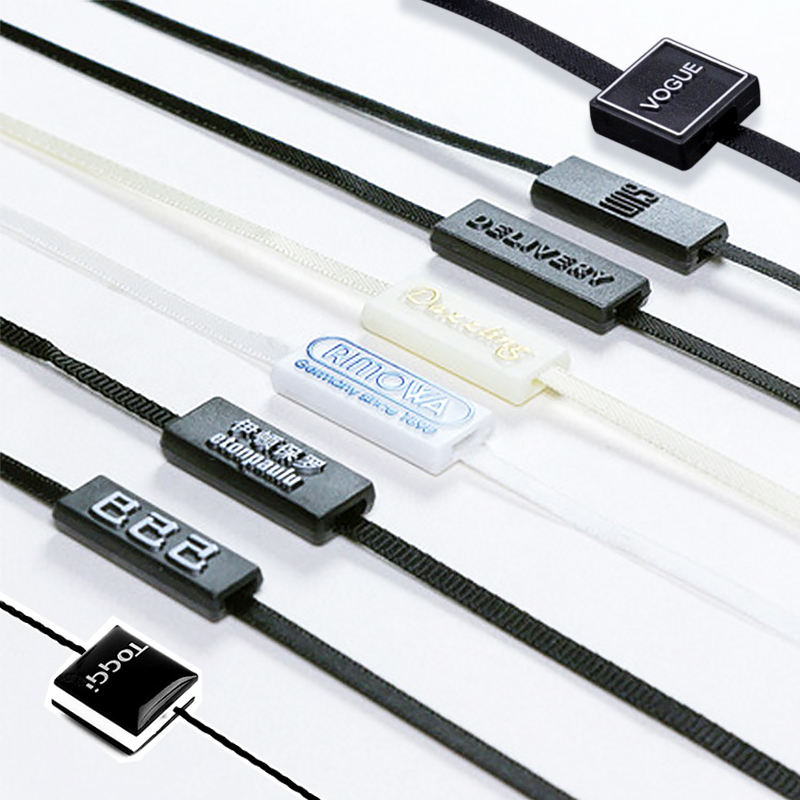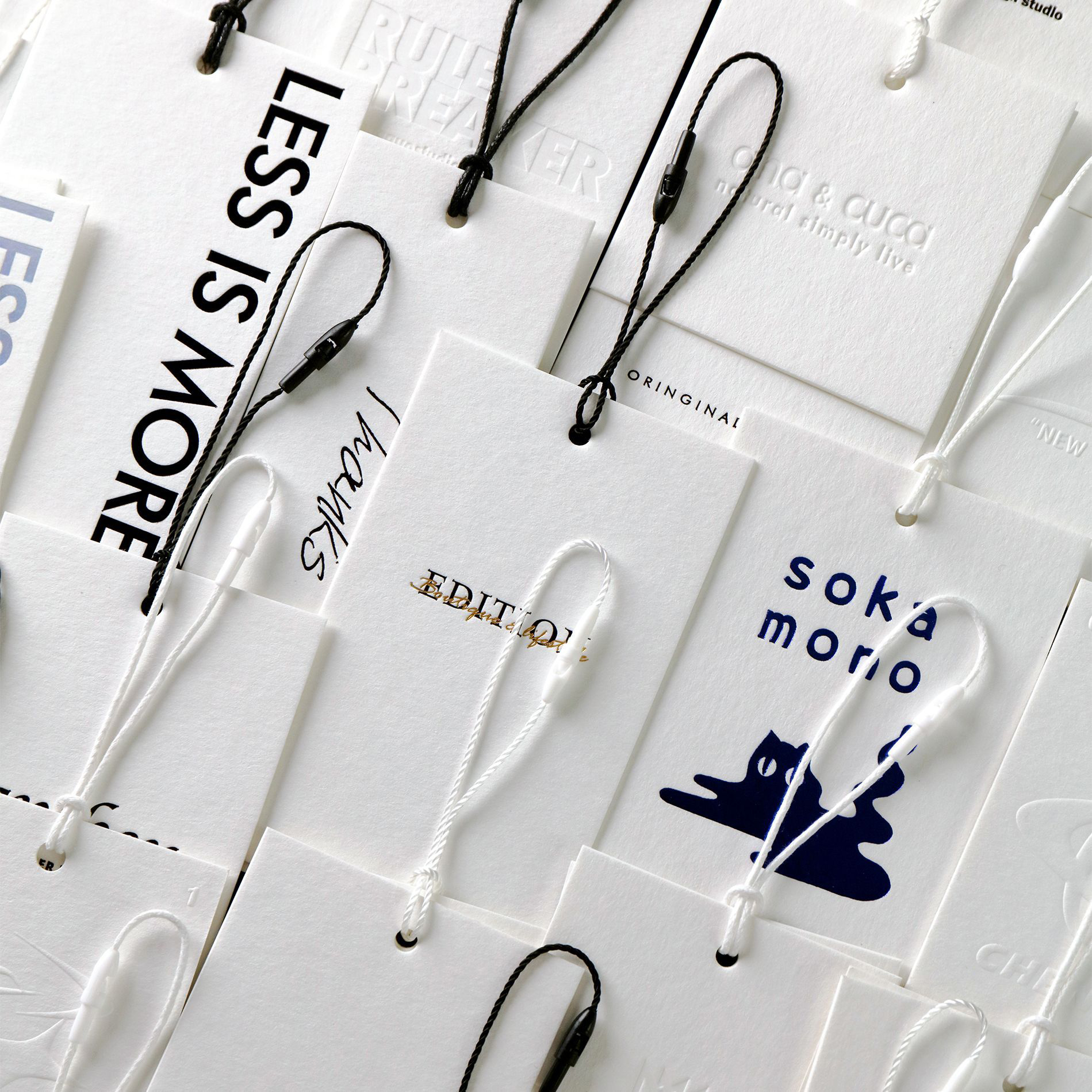When it comes to creating a cozy and unique atmosphere in your home, a photo moon lamp from the My Moon Lamp collection stands out as an exceptional choice. These mesmerizing lamps are not just light sources; they are pieces of art that bring the beauty of the moon right into your living space. Whether you want to commemorate a special moment or simply enjoy the serene glow of a moonlit night, our personalized moon lamp options are the perfect addition to your decor.period corner light lamp Many adjustments have also been made, and the direction of product research and development has been reversed, in order to better meet the market demand. https://www.ankeral.com/product-category/led-corner-floor-light/
The Magic of Personalized Moon Lamps
A personalized moon lamp is more than just a light fixture; it¨s a way to capture and display your cherished memories. By incorporating your favorite photos into the design, you can create a unique piece that holds sentimental value. Imagine having a moon lamp with photo that illuminates your favorite family picture or a special moment with your loved ones. This personalization transforms a simple lamp into a meaningful keepsake.
Innovative Designs: Floating and Levitating Moon Lamps
For those looking to add a touch of futuristic flair to their home, the floating moon lamp and levitating moon lamp are perfect choices. These lamps use magnetic levitation technology to hover gracefully above their bases, creating a magical and captivating effect. The gentle rotation and floating motion of these lamps mimic the natural orbit of the moon, adding a dynamic element to your decor.
Versatile and Beautiful: Galaxy and Moon Light Lamps
The galaxy moon lamp is a stunning variation that brings the wonders of the universe into your home. These lamps feature intricate, multicolored patterns that resemble the swirling beauty of galaxies, making them a standout piece in any room. Similarly, the moon light lamp provides a soft, ambient glow that is perfect for creating a relaxing atmosphere. Whether you¨re winding down after a long day or setting the mood for a cozy evening, a moon light lamp is an ideal choice.
High-Quality Craftsmanship: LED and 3D Printed Moon Lamps
Our LED moon lamp options ensure that you have a reliable and energy-efficient light source. LED technology provides bright, long-lasting illumination that is gentle on the eyes and perfect for any setting. Additionally, the 3D moon lamp and 3D printed moon lamp are crafted using advanced 3D printing techniques. This allows for highly detailed and accurate representations of the moon¨s surface, complete with craters and texture, giving you a realistic lunar experience.
Convenience and Customization
One of the best features of our moon lights is their convenience. They can be USB charged or powered by built-in rechargeable batteries, giving you flexibility in placement and usage. The ability to customize these lamps with various animal shapes, patterns, and colors adds an element of fun and personalization. This combination of wood and acrylic in the design creates a charming and visually appealing look that fits seamlessly into any decor.
Shop the Best Selection on Moon Lamp Amazon
For those who prefer the convenience of online shopping, our moon lamps are also available on moon lamp amazon. This platform provides a wide selection of our top models, making it easy for you to find the perfect lamp to suit your needs. With user reviews and detailed product descriptions, you can make an informed decision and choose the best moon lamp for your home
Photomoon: A Unique Decor Statement
The term photomoon has become synonymous with these personalized moon lamps. By incorporating your photos into the design, these lamps become a unique decor statement that reflects your personal style and memories. Whether as a gift or a personal purchase, a photomoon lamp is sure to delight and impress.
The Perfect Gift for Any Occasion
Moon lights make excellent gifts for any occasion. Whether it¨s a birthday, anniversary, or just a thoughtful gesture, a personalized moon lamp is a meaningful and beautiful present. The ability to customize the lamp with photos, names, or special messages adds a personal touch that will be cherished by the recipient.
Incorporating a photo moon lamp from the My Moon Lamp collection into your home decor is a brilliant way to add a touch of elegance and personalization. From the mesmerizing floating and levitating designs to the intricate details of the galaxy moon lamp, there is a style to suit every taste. The combination of wood and acrylic materials, along with USB charging and built-in battery options, ensures both beauty and convenience. Explore our selection on moon lamp Amazon and bring the magic of the moon into your home today.
By choosing a personalized moon lamp, you are not just adding a light source to your home; you are creating a unique and meaningful piece of art that will be treasured for years to come. So why wait? Illuminate your space with a beautiful moon lamp and experience the magic for yourself.
Personalized Moon Lamp, Moon Light, Moon Lamp, Moon Night Light, Star Moon Lamp, 3D Moon Lamp, 3D Moon Light, 3D Galaxy Moon Lamp, Galaxy Moon Lamp, 3D Star Moon Light, 3d printed moon lamp, smart moon lamp, moon light lamp, photo moon lamp, 3D Galaxy Lamp, 3D Print Moon Lamp, 3D Printing Moon Lamp
Moon Light, Moon Lamp, Moon Night Light, Star Moon Lamp, 3D Moon Lamp, 3D Moon Light, 3D Galaxy Moon Lamp, Galaxy Moon Lamp, 3D Star Moon Light, 3d printed moon lamp, smart moon lamp, moon light lamp, photo moon lamp, personalized moon lamp
Moon Light, Moon Lamp, Moon Night Light, Star Moon Lamp, 3D Moon Lamp, 3D Moon Light, 3D Galaxy Moon Lamp, Galaxy Moon Lamp, 3D Star Moon Light, 3d printed moon lamp, smart moon lamp, moon light lamp, photo moon lamp, personalized moon lamp
Ankeral levitating moon lamp
The moon lamp is one of Ankeral¨s best-selling products, capturing the hearts of customers with its enchanting design and personalized touch. This personalized moon lamp offers a unique way to illuminate any space while adding a personal element that reflects your memories and style. With the ability to customize it with your favorite photos, names, or special messages, the photo moon lamp becomes more than just a light source; it transforms into a cherished keepsake.
Ankeral¨s moon lamps are crafted using advanced 3D printing technology, ensuring that each lamp is a highly detailed and accurate representation of the moon¨s surface. The combination of wood and acrylic materials in the lamp¨s design not only provides durability but also adds a charming and visually appealing aesthetic. These lamps are versatile in their power options, offering both USB charging and built-in rechargeable batteries, making them convenient for any setting. Whether you choose a floating moon lamp or a levitating moon lamp, you¨re guaranteed a piece that is both innovative and captivating.
The popularity of Ankeral¨s moon lamps is also attributed to their wide range of styles, including the mesmerizing galaxy moon lamp and the energy-efficient LED moon lamp. Available on moon lamp Amazon, these lamps have garnered rave reviews for their quality and uniqueness. By choosing an Ankeral moon lamp, you¨re not just purchasing a decorative item; you¨re investing in a piece of art that brings the magic of the moon into your home, creating a serene and personalized ambiance.







